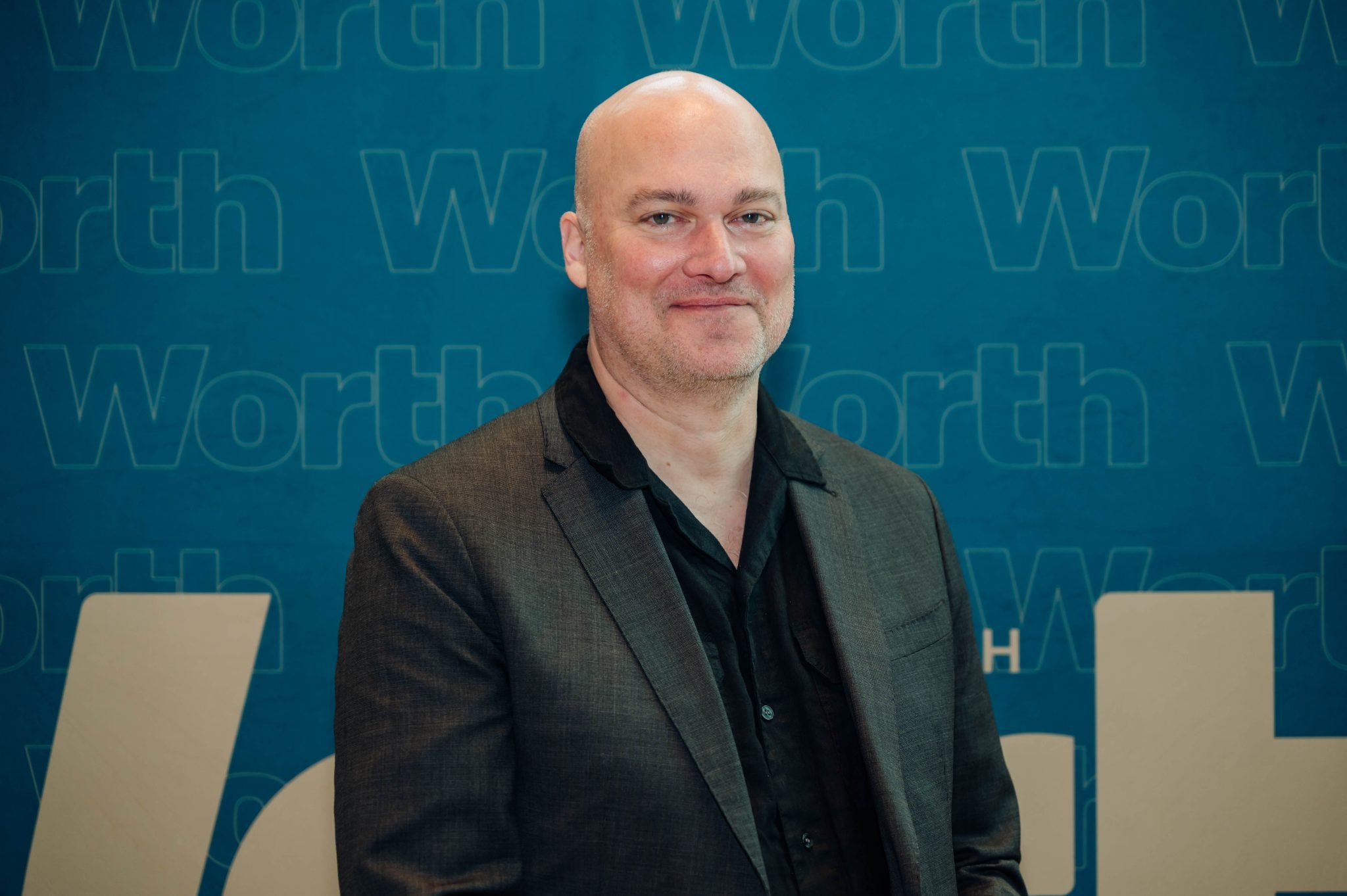We are born wanting to live. And as we do, most of us spend each day holding on for dear life ever more tightly. There are exceptions, some spiritually encouraging, others psychologically depressing, but generally, we all want more life. In this issue of Worth, we explore the frontier of life-extending treatments and therapies in the hope of separating fact from fiction. Science has replaced mysticism and alchemy in promising a path to everlasting life. Although we are a long way from immortality, science is succeeding in helping us live longer and better.
According to the CDC, the average life expectancy in the U.S. is 76.5 years. And yes, as someone well past the mid-point in life, measuring this out to a decimal point (maybe even two) matters to me. Men (73.8) fare worse than women (79.3), and these numbers reflect a brief decline as the effects of COVID pass through the system. The primary factors affecting life expectancy include diabetes, heart disease, and cancer. All of these can be managed, although not eliminated, by a combination of diet, exercise, sleep, stress reduction, and other strategies outlined in last year’s cover story Live, Longer, Better. These solutions are not particularly complicated, but they work.

The life extension techniques described in this issue take things to the next level. From stem cell therapy to off-label drug use, there is an entire industry dedicated to living longer. The treatments are exciting, largely untested, and sometimes very, very expensive. Many procedures are not FDA approved, requiring patients to travel overseas for treatment. But for those who can afford it, more life is worth the price, right?
Before you answer, I want to make two important points. First, we live in an increasingly inequitable country. On a macro level, the top 1% of the U.S. population owns more wealth than the bottom 90% combined. When this gets translated into life expectancy, it becomes much more salient. The wealthiest 1% of men in the U.S. live 14.6 years longer than the poorest 1%, according to research done at MIT. The gap is 10.1 years for women. No doubt, rich people have always lived longer than poor people, but these numbers are worth considering as science races forward.
My second point is more philosophical. The founders, funders, and patients of the life hacking boom are the business leaders who have already won the game of life. Having mastered the markets and dominated the competition, they now want to beat death. But more life is not a better life.

According to stoic philosophers, virtue, wisdom, and acceptance of life’s natural flow are all more important than longevity. The quest for more time should never eclipse a life lived with intention and purpose. As Seneca the Younger wrote, “Life, if well lived, is long enough.” There is a moral hazard in not accepting your mortality.
Fortunately, this issue also features profiles of 24 women who know how to live life well. The honorees on this year’s Groundbreaking Women list have achieved remarkable things in art, business, sports, and academia. Each has taken steps to help others do the same. Karen Cahn’s iFundWomen has raised over $400M for women entrepreneurs and created over 87,000 new jobs. JetBlue CEO Joanna Geraghty is using its Fly Like a Girl initiative to bolster the ranks of women in the industry. Misty Copeland changed the color of her shoes and, in doing so, changed the world.
Many of these pioneers will be on stage at Worth’s Groundbreaking Women Summit on May 9th, 2024, in New York City. It is a one-day gathering of industry leaders, entrepreneurs, and change-makers. We will likely sell out, so register now at worth.com if you would like to attend.









